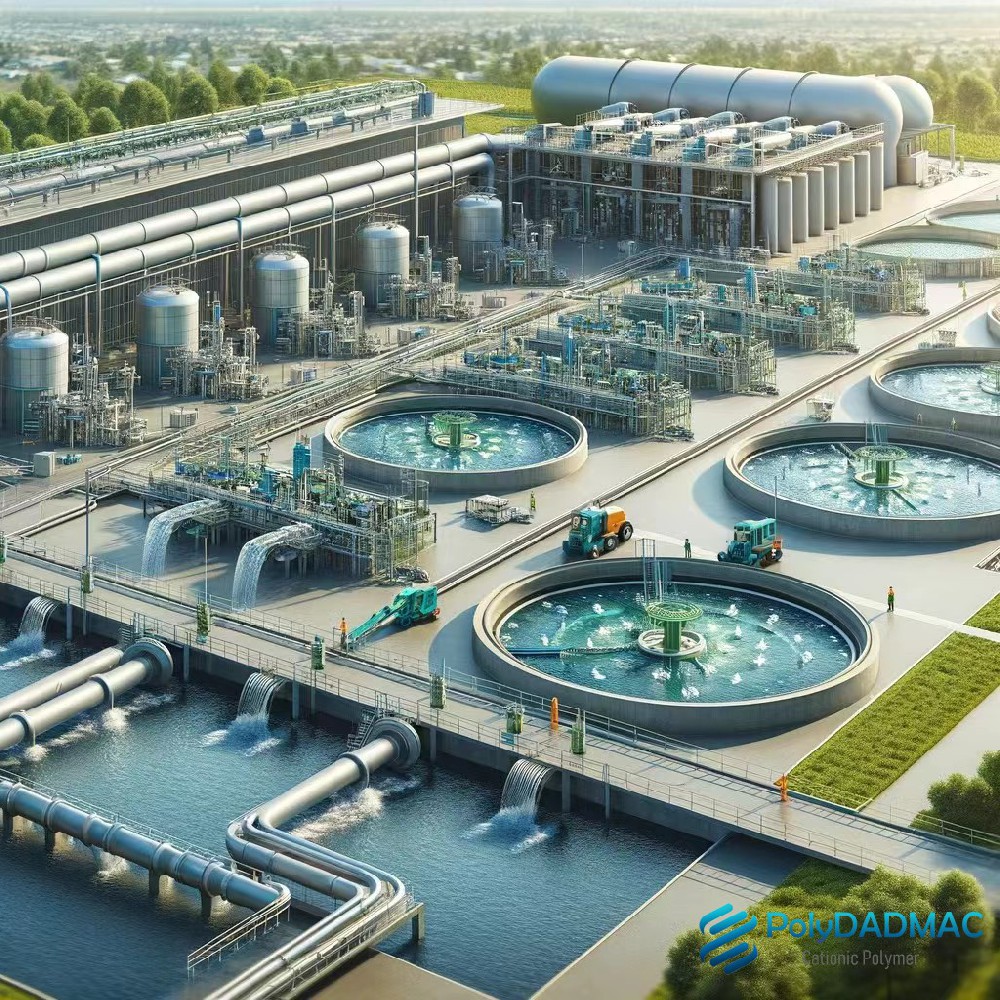PolyDADMAC, or Polydiallyldimethylammonium chloride, is a widely used cationic polymer in water treatment applications due to its exceptional coagulation and flocculation properties. Here are some key applications:
1.Coagulation and Flocculation:
PolyDADMAC is an effective primary or secondary coagulant aid. It helps destabilize colloidal particles by neutralizing their negative charges, which then leads to the formation of larger flocs. These flocs can easily sediment out of the water, thereby removing suspended solids, color, turbidity, and organic substances.
2. Water Clarification:
In drinking water treatment plants, PolyDADMAC is used to improve clarification processes. It helps remove contaminants such as clay, silt, and other fine particulate matter that cannot be removed by traditional coagulants alone.
3. Wastewater Treatment:
In industrial wastewater treatment, PolyDADMAC is added to enhance the removal of suspended solids, emulsified oils, and heavy metals. It also improves the performance of biological treatments by aiding in sludge dewatering.
4. Sludge Dewatering:
Its high charge density enables it to bind with negatively charged particles in sludge, improving its structure and making it more compressible for better dewatering efficiency.
5. Algae Control:
Due to its cationic nature, PolyDADMAC can be used to control algae growth in lakes, ponds, and other bodies of water.
6. Paper Industry:
As a retention aid in papermaking, it helps retain fine fibers and fillers on the paper sheet, leading to improved paper quality and reduced waste in effluent streams.
7. Oilfield Applications:
It's used in oilfields to treat produced water, enhancing the separation of oil from water and reducing the amount of solid material that requires disposal.
In each application, the dosage and specific formulation of PolyDADMAC are crucial to achieve optimal results while minimizing potential environmental impacts. The use of PolyDADMAC often complements other water treatment chemicals and physical processes to ensure the treated water meets regulatory standards for discharge or reuse.